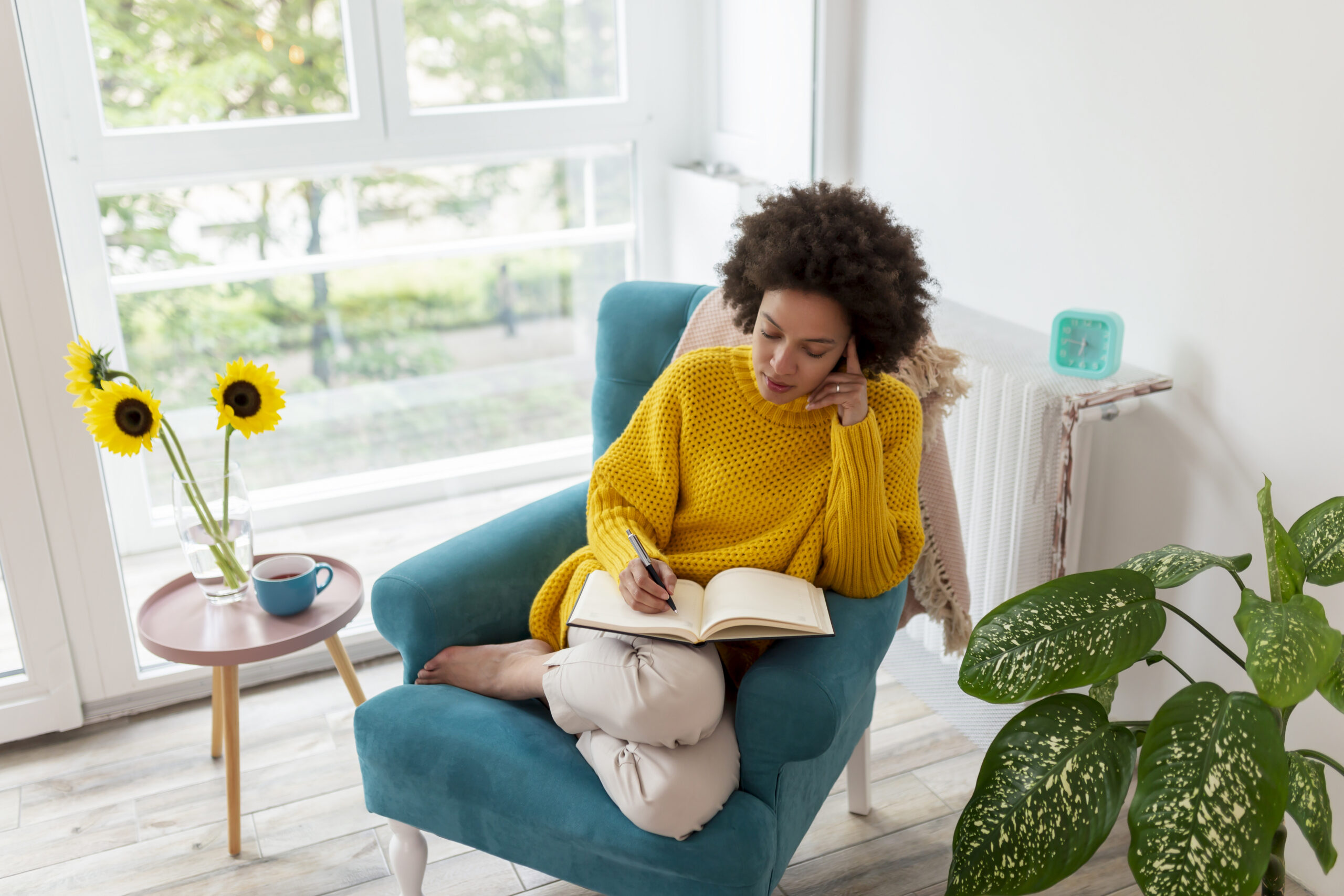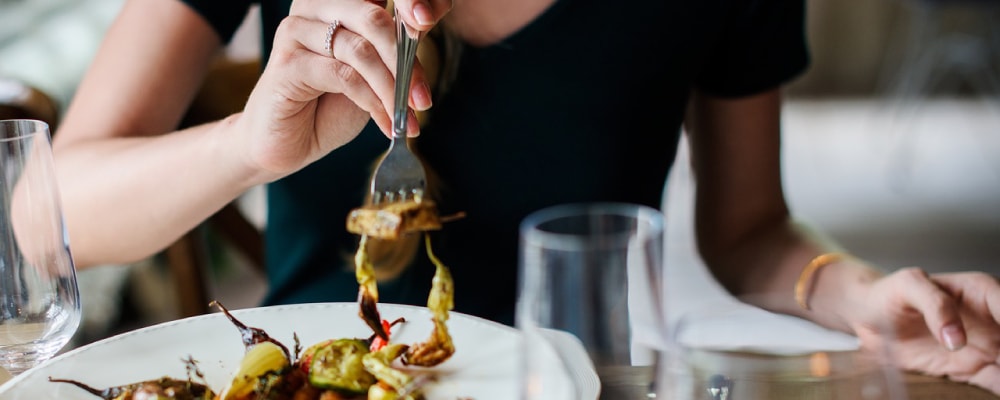The uncertainty we facing right now is making many of us feel stressed, with too much spare time to engage in negative thoughts. If you are experiencing stress and feel more anxious than normal these days, you are not alone. We are all afraid of getting infected or having loved ones get sick.
However, it is important to remember that we can fight our stress and anxieties from within. While you may feel like the situation you’re in is too difficult to manage, positive change can be practiced to help cope with some of the issues you might be facing.
In fact, I’d like to share some of my favourite strategies to cope with anxiety and stress.
Short Moments of Mindfulness Throughout the Day
Mindfulness means bringing your full attention to your thoughts and feelings at each moment. It helps you accept them without any judgment. Little moments of mindfulness throughout the day brings an anchor to the wandering mind, re-focus, and feel grounded. We can bring mindfulness to any of the mundane activities that we engage in.
For example, while washing your hands, you can focus on the temperature of the water, the sensation of the water and soap in your hands, the sound of the water running down, and the different sensations in your skin. When we focus our attention on what we do, instead of operating on autopilot or multitasking we feel more in control. We become less reactive and more responsive to what’s happening around usWe build resiliency and ability to be okay with uncertainty.
The most important way we can foster mindfulness is by constantly checking in with our mental chatter “What am I saying to myself about this situation right now? And, “How am I feeling right now?” And acknowledge that these are just thoughts and sensations that come and go.
Using Your Body as your Anchor
There are 3 main ways to use our body to keep our attention focused.
1. Meditation
Meditation involves sitting in a comfortable position and choosing a focus to keep bringing the attention back, like your breath or parts of your body. The most basic practice of mindfulness involves paying attention to the physical sensations in your belly, chest, and nostrils as you breathe in and out. As the mind begins to wander, thoughts are acknowledged, and then the attention is brought back to the breath. Mindfulness meditation can be very difficult at first, especially if you are someone who struggles with racing thoughts. However, with practice and dedication, it gets easier. Try to set a time every day to meditate and remember to be gentle and non-judgemental about your practice. You can access several free mindfulness meditations on our website. Please email us to get the password at info@cbtpsychology.com and mention this article.
2. Progressive Muscle Relaxation
This activity involves contracting and then releasing the muscles throughout your body. You can start with your hands. Making a fist, continue with your arms by squeezing them tight, holding for about 10 seconds, and then releasing and noticing the difference between tension and relaxation in your body. Then, continue with the different groups of big muscles, moving down the body until you get to the toes. For a handout with detailed instructions on how to practice the PMR, our resources are now available to you.
3. Abdominal Breathing
Our breath is connected with our emotions. When we feel safe, relaxed, and accepted, we usually breathe deeply, like babies. If you put a hand on your stomach and a hand on your chest you may notice that the hand on your belly moves more because the belly is expanding as you breathe in. You should also be able to feel it going back to the original position as you breathe out. This is called abdominal breathing. You can practice it by imagining that your belly is like a balloon that gets inflated as you inhale and deflated as you exhale.
Another practice to nurture your wellbeing that is backed up by research and I find very rewarding is:
Using Gratitude and Kindness to Cope with Stress
- Practicing Gratitude: It can be challenging to find things to be grateful for, especially now when we’ve lost various liberties and many are suffering from grief and loss. However, we can try to bring our awareness to things we still have to be grateful for, like the food we eat every day and the people we can turn to for support. Thinking about what is going well in our lives creates a sense of wellbeing in our hearts. An easy way to practice gratitude is to keep a gratitude journal on your nightside table and write 3 things that you can be grateful for each day. You can also put a gratitude jar in the kitchen to put notes inside. You can also write a letter expressing gratitude to someone. This could be for something nice they might have done that could have been meaningful to you. Try whatever feels best for you.
- Practicing acts of kindness: Each time we engage in an act of kindness, we have good feelings towards the recipient of our kindness. We can also feel good about ourselves after a good deed. These positive and loving feelings have a direct impact on our wellbeing. These acts can be small, such as saying please and thank you. Cooking something special for your family, doing the groceries for a neighbor, listening to a friend in need of a compassionate ear, or bigger such as committing regular time to volunteer for a cause that you believe in also counts!
We Are Here to Help!
If you find that these strategies for self-care and wellbeing are not enough and you feel that you can’t cope with your stress and this is affecting your relationships at home and your symptoms are escalating, you can consult with a psychologist or psychotherapist. There are many options to receive help during this time of social isolation, including teletherapy and video therapy. People have reported positive experiences with these methods. Please don’t be afraid to seek help, as many resources are available at this time.




